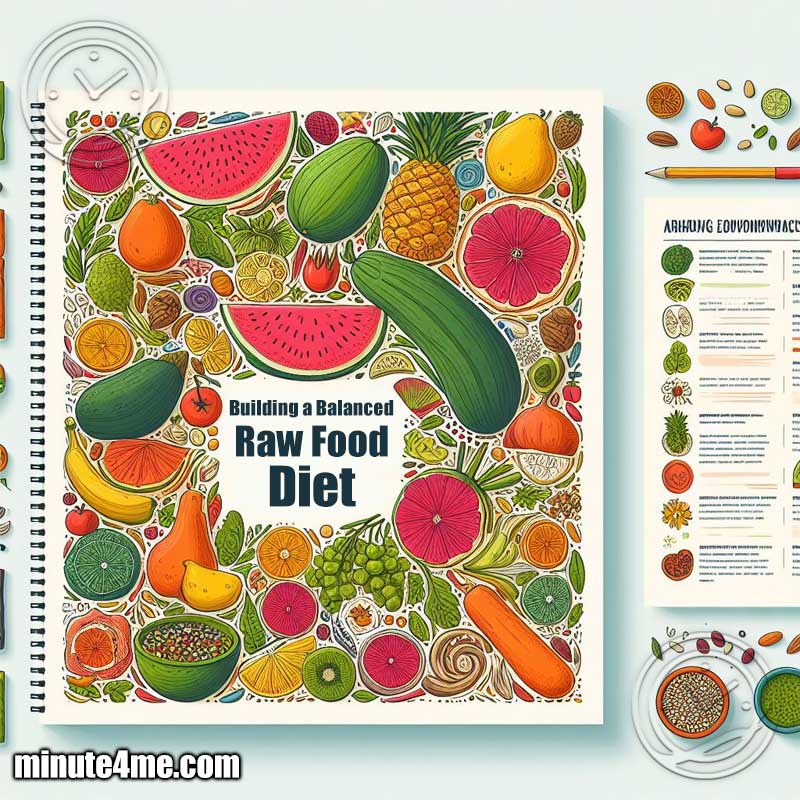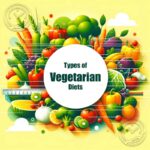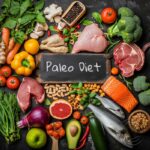Introduction
The raw food diet, characterized by its emphasis on uncooked, unprocessed plant-based foods, and optionally raw animal products, represents a holistic approach towards eating that is believed to preserve the natural enzymes, vitamins, and minerals in foods.
This diet highlights the consumption of fruits, vegetables, nuts, and seeds, while allowing for the inclusion of raw meats, fish, eggs, and dairy to cater to more comprehensive dietary preferences and nutritional needs.
Essentials of a Balanced Raw Food Diet
A balanced raw food diet is foundational to optimizing health through nutrition.
It revolves around consuming foods in their natural, unprocessed state, which includes a diverse range of:
- Fruits and Vegetables: The backbone of the diet, providing essential vitamins, minerals, and antioxidants. Aim for a colorful variety to cover a broad spectrum of nutrients.
- Nuts and Seeds: High in healthy fats, proteins, and various micronutrients like magnesium and zinc. They are also a great source of energy.
- Optional Raw Animal Products: For those who include animal products, options like sashimi-grade fish, raw dairy, and certain raw meats can be considered. These sources add high-quality protein and essential fatty acids to the diet.
| Food Group | Examples | Nutritional Benefits |
|---|---|---|
| Fruits and Vegetables | Berries, leafy greens, root vegetables | High in vitamins C and A, potassium, and dietary fiber |
| Nuts and Seeds | Almonds, chia seeds, flaxseeds | Sources of omega-3 fatty acids, protein, and vitamin E |
| Optional Animal Products | Raw milk, raw fish, raw egg yolks | Provide vitamin B12, omega-3 fatty acids, and essential amino acids |
Inclusion of a variety of these components ensures a broad intake of essential nutrients necessary for optimal health.
Scarsdale Diet: Your Ultimate Food List
Discover the secret to rapid weight loss with the Scarsdale Diet food list. Shed pounds in just weeks with this…
Nutritional Composition and Benefits
The raw food diet is rich in nutrients that are essential for maintaining health and preventing diseases.
The nutritional composition of a balanced raw food diet includes:
- Vitamins and Minerals: Raw foods, especially fruits and vegetables, are high in vitamins C, A, and various B vitamins, alongside minerals like potassium and magnesium.
- Enzymes: Raw foods contain natural enzymes that aid in digestion and absorption of nutrients, potentially reducing the load on the digestive system.
- Fiber: A diet high in raw plant-based foods provides ample dietary fiber, which supports digestive health, blood sugar control, and satiety.
- Antioxidants: These compounds combat oxidative stress and reduce inflammation, playing a role in disease prevention.
Nutritional Benefits:
- Weight Management: High fiber and water content of raw foods can lead to a feeling of fullness, helping with weight control.
- Improved Digestion: Enzymes and fiber enhance digestive function.
- Detoxification: Natural detoxifying properties due to high intake of antioxidants and nutrients.
- Energy Boost: Nutrient-dense foods provide sustained energy without the highs and lows associated with processed foods.
Planning Your Raw Food Meals
Planning meals within a raw food diet requires attention to variety, balance, and nutritional completeness.
Here are some strategies to ensure your meals are both nutritious and enjoyable:
- Diversify Your Plate: Include a wide range of fruits, vegetables, nuts, seeds, and, if desired, raw animal products to ensure a comprehensive nutrient intake.
- Understand Food Combinations: Some nutrients are absorbed better when eaten together, such as vitamin C-rich foods with iron-rich plant foods to enhance iron absorption.
- Preparation Techniques: Utilize methods like soaking nuts and seeds to improve digestibility and blending or juicing to create nutrient-dense meals.
| Meal | Ingredients | Preparation Method |
|---|---|---|
| Breakfast | Mixed berry smoothie with spinach and almond milk | Blend fresh or frozen berries with spinach and almond milk for a nutrient-rich start to the day |
| Lunch | Zucchini noodle salad with avocado and cherry tomatoes | Spiralize zucchini for noodles, top with sliced avocado, cherry tomatoes, and a squeeze of lemon |
| Dinner | Marinated mushroom caps with a side of raw kale salad | Marinate mushroom caps in olive oil and apple cider vinegar, serve with massaged kale salad |
Are you thinking about adopting a vegetarian diet? If so, you're in for a treat! Vegetarian diets are not only…
Overcoming Challenges
While the raw food diet has many benefits, there are challenges to consider:
- Nutritional Adequacy: Ensuring a well-rounded intake of all essential nutrients can be challenging without careful planning.
- Foodborne Illness: The risk increases with consumption of raw animal products and improperly washed produce.
- Accessibility and Convenience: Finding a wide variety of raw, organic foods can be difficult, and the diet requires considerable time and effort in meal preparation.
Ensuring Nutritional Adequacy
Achieving a balanced and nutritionally complete raw food diet involves:
- Diverse Food Selection: Emphasize a variety of foods to cover all nutritional bases.
- Supplementation: Some nutrients, such as Vitamin B12 and possibly Vitamin D, are hard to obtain from a raw food diet alone and may require supplementation.
- Regular Nutritional Assessments: Periodic check-ups with a healthcare provider can help identify and address any nutritional deficiencies.
Nutrient Focus Areas:
- Protein: Ensure adequate protein intake by including a variety of nuts, seeds, sprouted grains, and, if applicable, raw dairy or eggs.
- Calcium and Vitamin D: Pay attention to sources like dark leafy greens, raw dairy products, and supplements if necessary.
- Omega-3 Fatty Acids: Include flaxseeds, chia seeds, and walnuts to meet essential fatty acid requirements.
Is Mediterranean Diet Sustainable?
Unlock the secrets of sustainable living and vibrant health with the enigmatic allure of the Mediterranean diet. Beyond its tantalizing…
Safe Handling of Raw Foods
Ensuring the safety of raw foods is paramount to avoid the risk of foodborne illnesses, especially when dealing with raw animal products and even fresh produce.
Here are key practices to follow:
- Selection: Choose fresh, high-quality ingredients from reputable sources. For animal products, look for those labeled as suitable for raw consumption.
- Cleaning: Thoroughly wash all fruits and vegetables in clean water, even if peeling them. Use a produce brush for items with tough skins.
- Cross-Contamination: Use separate cutting boards and utensils for raw animal products and produce. Always clean work surfaces before and after use.
- Storage: Keep raw animal products at safe temperatures, below 40°F (4°C), and use them within recommended time frames to minimize bacterial growth.
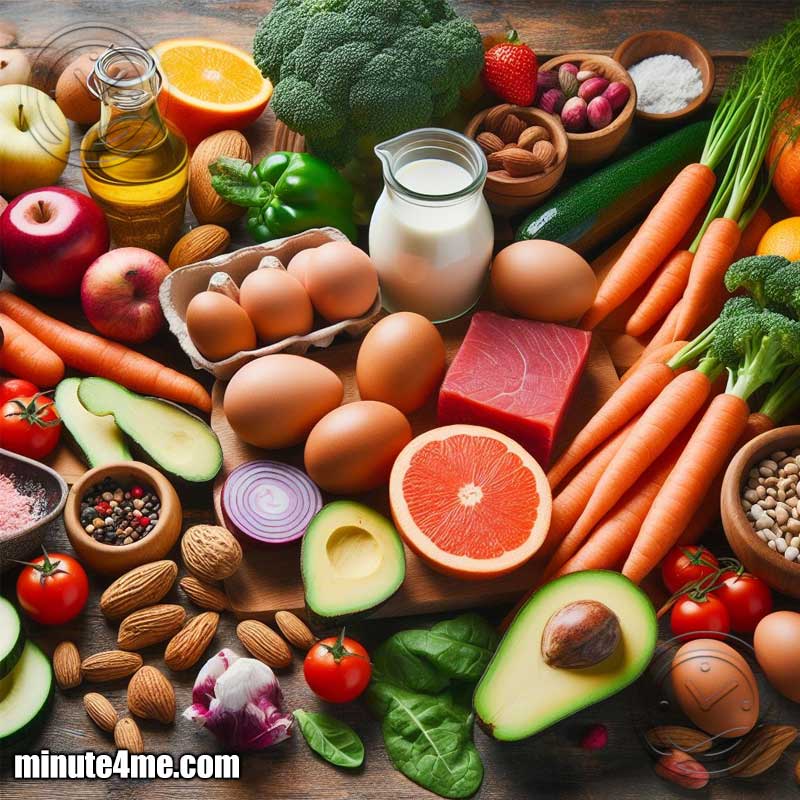
| Practice | Description | Purpose |
|---|---|---|
| Washing | Rinse produce under running water. | Removes visible dirt and reduces bacteria. |
| Separating | Use different cutting boards for animal products and produce. | Prevents cross-contamination. |
| Storing | Refrigerate raw animal products promptly. | Inhibits bacterial growth. |
Raw Food Diet: Beyond the Basics
Venturing beyond the basics of a raw food diet opens up a world of advanced nutritional strategies and preparation techniques that can enhance both the flavor and nutritional value of your meals.
- Advanced Techniques: Explore methods like fermentation, sprouting, and dehydration to diversify your diet.
- Nutrient Maximization: Focus on incorporating a variety of superfoods and fermented foods to boost nutrient intake and bioavailability.
Incorporating Superfoods and Fermentation
Superfoods and fermented foods play a significant role in a raw food diet by providing concentrated nutrients and beneficial probiotics.
- Superfoods: These are nutrient-rich foods considered to be especially beneficial for health and well-being. Examples include goji berries, cacao, and spirulina, which are high in antioxidants, vitamins, and minerals.
- Fermentation: This ancient preparation and preservation technique enhances the nutritional profile of foods, introducing beneficial probiotics that support gut health and improve digestion.
| Superfood | Nutrients | Benefits |
|---|---|---|
| Spirulina | Protein, B vitamins, Iron | Supports energy levels and immune function. |
| Cacao | Antioxidants, Magnesium | Enhances mood and cardiovascular health. |
| Goji Berries | Vitamin C, Fiber, Iron | Boosts immune system and eye health. |
Fermented Foods to Include:
- Sauerkraut: Fermented cabbage, rich in vitamins C and K, and probiotics.
- Kimchi: A spicy Korean version of fermented vegetables, offering a range of vitamins and probiotics.
- Kombucha: Fermented tea known for its gut health benefits.
The Role of Dehydration
Dehydration is a technique that removes moisture from foods at low temperatures to preserve them and concentrate their flavors without destroying enzymes or nutrients.
- Benefits: Dehydrated foods retain most of their nutritional value while becoming lightweight and shelf-stable, making them perfect for snacks and travel foods.
- Uses: Create a variety of dishes, from crunchy chips and wraps to dense, nutrient-packed bars.
| Food | Temperature | Time |
|---|---|---|
| Fruit slices | 115°F (46°C) | 8-12 hours |
| Veggie chips | 115°F (46°C) | 12-24 hours |
| Raw breads or crackers | 115°F (46°C) | 24 hours, flipping halfway |
Starter Recipes for a Balanced Raw Food Diet
To help you begin or enrich your raw food journey, here are simple, nutritious recipes that incorporate the principles of raw food nutrition and safe preparation.
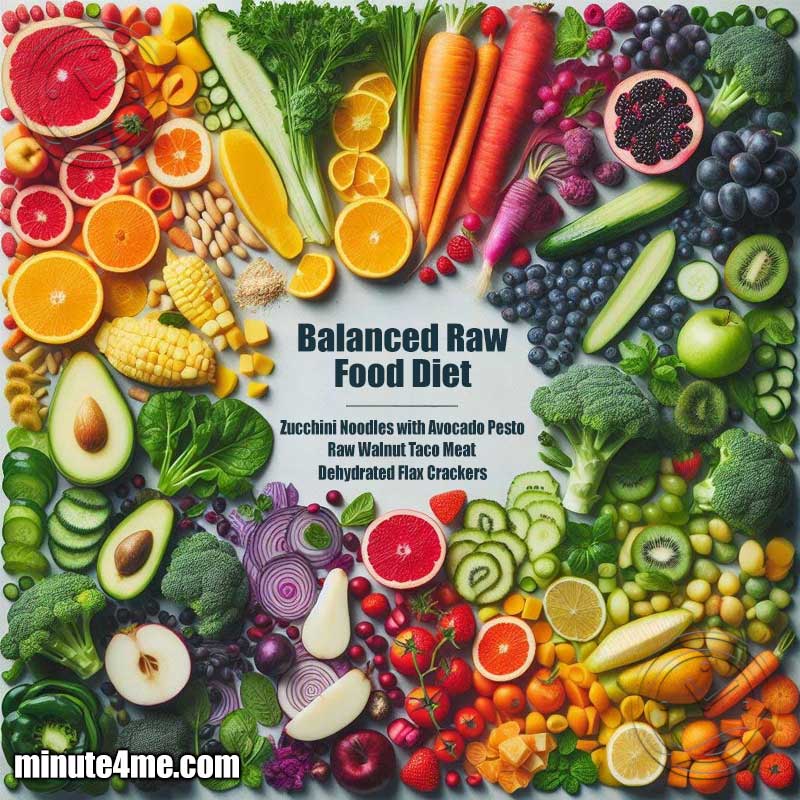
Zucchini Noodles with Avocado Pesto:
- Spiralize 2 zucchinis for the noodles.
- Blend 1 ripe avocado, a handful of basil, 2 tablespoons of lemon juice, and 2 tablespoons of pine nuts for the pesto.
- Combine and garnish with cherry tomatoes.
Raw Walnut Taco Meat:
- Process 1 cup of soaked walnuts, 1 teaspoon of cumin, 1 teaspoon of chili powder, and 2 tablespoons of tamari until crumbly.
- Serve in lettuce wraps with diced tomatoes, avocado, and cilantro.
Dehydrated Flax Crackers:
- Mix 1 cup of ground flaxseeds, ½ cup of water, and seasonings of choice. Let sit until thickened.
- Spread thinly on a dehydrator tray and dehydrate at 115°F (46°C) for 12-18 hours, until crispy.
These recipes are designed to provide a balance of essential nutrients, flavors, and textures, making the raw food diet both enjoyable and nutritionally complete.
Connecting with Community
Joining online forums, social media groups, or local gatherings can provide:
- Support and inspiration from like-minded individuals.
- Shared experiences and learning opportunities.
Final Thoughts
Embarking on a raw food diet requires careful consideration and planning to ensure it meets your nutritional needs and lifestyle.
Consultation with a registered dietitian or healthcare professional is highly recommended to tailor the diet to your individual requirements.
Gradually introducing raw foods into your diet can help your body adjust and make it easier to identify what works best for you.
The journey towards a balanced raw food diet is not just about the foods you eat but also about embracing a lifestyle that promotes holistic well-being and connection to the natural world.
